
The fact challenge is on with both the Willow Court Facebook Page and our Willow Court Facebook History Group receiving daily facts for 14 days. Here are the last three day’s facts. All come from the 1831 report into the hospital and health systems of the early Tasmanian Colony.
Day 1:
“Staffing continued to be a problem in the medical services and also in the orphan schools. Dr Scott at the Colonial Hospital, Hobart and Dr Officer at New Norfolk both did a reasonably competent job as far as the facilities allowed them to do so but for lesser staff they were principally dependant on convicts whose competence was patchy to say the least and cleanliness was never a notable characteristic of any of the hospitals.” On convict attendants the 1831 board wrote. “When convicts have been employed in this situation at Launceston and New Norfolk, irregularity and peculation (to steal or take dishonestly money, especially public funds, or property entrusted to one’s care); embezzle) have been the invariable consequences.”
Day 2:
Of the principal hospitals, only New Norfolk stood up to scrutiny. The Colonial Hospital, Hobart, though on a good site, was far too small. The board reported “on entering the Hospital, it has a crowded and dirty appearance, the beds are too close together and there is no classification of Diseases” There was an average daily number of 92 patients and room only for 67 “the overplus of 25 have slept on the floor, or in fact wherever they could find room to lie down” The lunatics quarters were “small, confined and insecure” and they were ill cared for. The board commented “these…unfortunate creatures have now become a public nuisance from the manner in which they are allowed to roam at large, in many instances indecently exposing themselves in the streets. The board recommended…”removal of the lunatics to New Norfolk to ease the pressure further.”
Day 3:
In 1831 “The hospital in Launceston was a small Weather Boarded building capable of holding 20 male patients and only two female patients..” New Norfolk Hospital (Willow Court) was already established.
Day 4:
The New Norfolk Hospital was primarily an invalid depot, but had a hospital section which was to serve the invalids during periods of acute sickness and to provide for the needs of the surrounding district. A wing for lunatics was completed in 1833 capable of accommodating 40 patients of each sex.
Day 5:
The hospitals were of course principally intended for convicts in government service. Assigned convict were intended to be the responsibility of their masters and they would pay an overall rate of 5s, per day for in-patient and out-patient treatment for their servants, or alternatively 1s, per day for actual treatment. This was all too rarely paid and difficult to enforce.
Day 6:
Free paupers were to be admitted without charge, if the doctor certified their admission essential and if a clergyman or magistrate certified they were objects of charity.
Day 7:
Governor Arthur gave his attention in 1827 to the condition of the aged and chronic sick. In a memo to the Colonial Secretary in April of that year he writes, “I have reason to think that the Invalids supported by the Crown have very little care taken of them and it is necessary that the establishment should be places altogether on a better footing” Later he instructed that the “miserable house” hired by the Crown Hobart Town was to be given up and the invalids transferred to the barracks at New Norfolk under the charge of Dr Robert Officer.
Day 8
Robert Officer was born near Montrose, Scotland, October 3rd 1800, and educated at Marischal College, Aberdeen, where he graduated M. A. in 1818. He graduated and obtained a diploma as a member of the royal College of Surgeons, England. He traveled to Van Diemen’s Land on August 27th, 1821 by the “Castle Forbes” as the ship’s surgeon and arrived on the 1st March 1822.
He was appointed immediately by Governor Sorell as Government Medical Officer for New Norfolk and adjacent regions including a surgeonship in the old Hobart Town Hospital.
Later he was appointed as Surgeon Superintendent of the New Norfolk Hospital. He retired in his early fifties to reside at Hallgreen a property he had purchase near the New Norfolk Bridge.
In 1853 he was elected to the Tasmanian Legislative Council twice and was later Knighted by Queen Victoria in 1869. Among many position he was the Chairman of the New Norfolk Asylum Commissioners.
He dies at Hallgreen, 8th July 1879.
Day 9:
The invalids went from one miserable situation to another. Dr Officer wrote to the Government in November 1828 complaining of their housing. (at New Norfolk)
“The prevailing diseases in this Establishment consist of chronic Rheumatism, Paralysis, Affections of the Eyes and Joints and I need to say how absolutely necessary a comfortable habitation is for such cases. Many of them have been greatly aggravated by the wretched conditions of the hovels they habitat… The Barracks as you know consists of two apartments, which during the rain are inundated both from above and below, in which cooking, washing and all other necessary operations are performed and in which the patients are huddled together”Day: 10
“An early problem was the effect on the inmates of the lack of any occupation, for persons that were decrepit rather than totally helpless. Some of the men would hire themselves out for odd jobs around the township and unfortunately used the proceeds to get drunk and attract notice to themselves.”
Day: 10
“An early problem was the effect on the inmates of the lack of any occupation, for persons that were decrepit rather than totally helpless. Some of the men would hire themselves out for odd jobs around the township and unfortunately used the proceeds to get drunk and attract notice to themselves.”
Day 11:
“New Norfolk continued to serve partly as a hospital for the sick of the local district until 1848 when it was made over entirely as a mental hospital” Invalids were sent to Impression Bay, 26 older men refused to go, 13 later followed the instruction to leave and the remaining 13 men, Governor Denison instructed that they be “ejected with as little violence as possible”.
Day 12:
During Dr Casey’s time the Colonial Times reported that the practice of allowing sightseers to visit the hospital was discontinued, so that the patients were no longer “made sport of to amuse the visitors” 1840’s
Day 13:
Although New Norfolk approached the Hydro Electric Department in 1915 for the provision of power, it was not until 1923 that New Norfolk was served with this source of energy. Prior to 1923 New Norfolk homes were lit with kerosene lamps and candles. For those of the more affluent residents used gas lights, a combination of carbide and water. The lighting for the streets of New Norfolk had been, up until that time, by way of privately generated current from the Mental Diseases Hospital at New Norfolk.
Day 14:
At New Norfolk Asylum in spite of complaints from the Board, for over 300 patients there was for many years only one Doctor, and he also administered the institution and supervised the farm. 1877.
Today ends the 14 day Fact Challenge. I would like to thank those people who encouraged me to keep the work and the history going for Willow Court.
But now it’s your turn…later this year I will do another fact challenge however, the challenge is that YOU research and present one fact. It could be from your lived experience, or like me, from reference material.
Keep in mind that your fact must not be derogatory towards the previous residents or staff.
Please sent your fact to me by private message on facebook or email me at mark@willowcourttasmania.org so I can sort them ready for publication.
I’m looking forward in reading your experiences and knowledge.
Cheers
Mark Krause
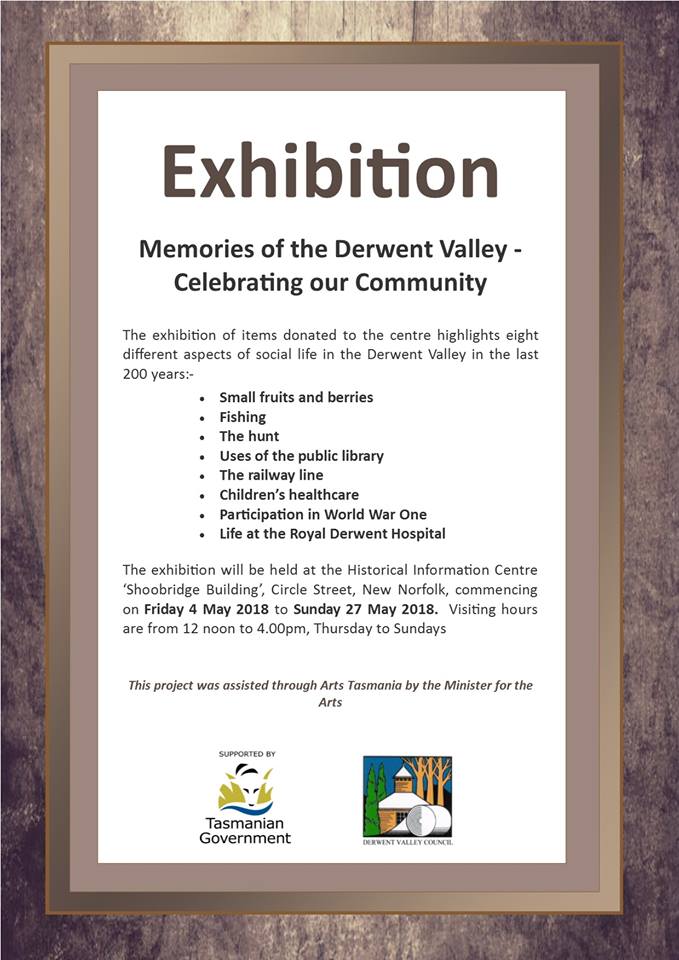

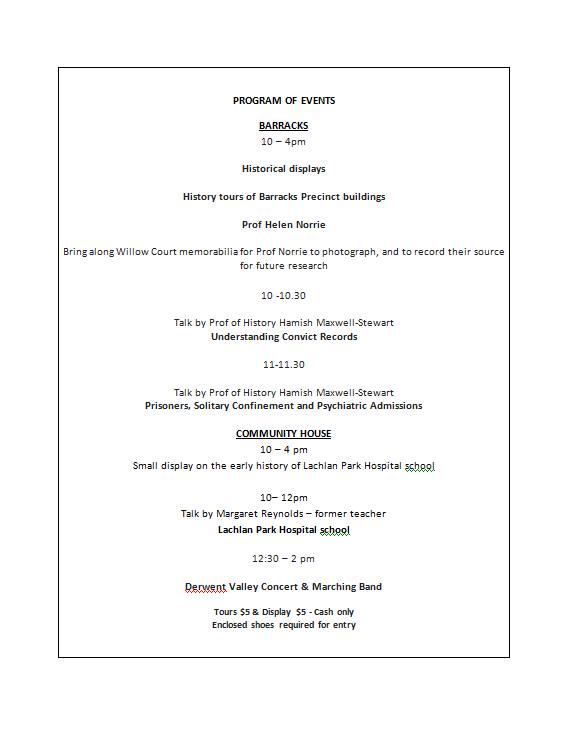
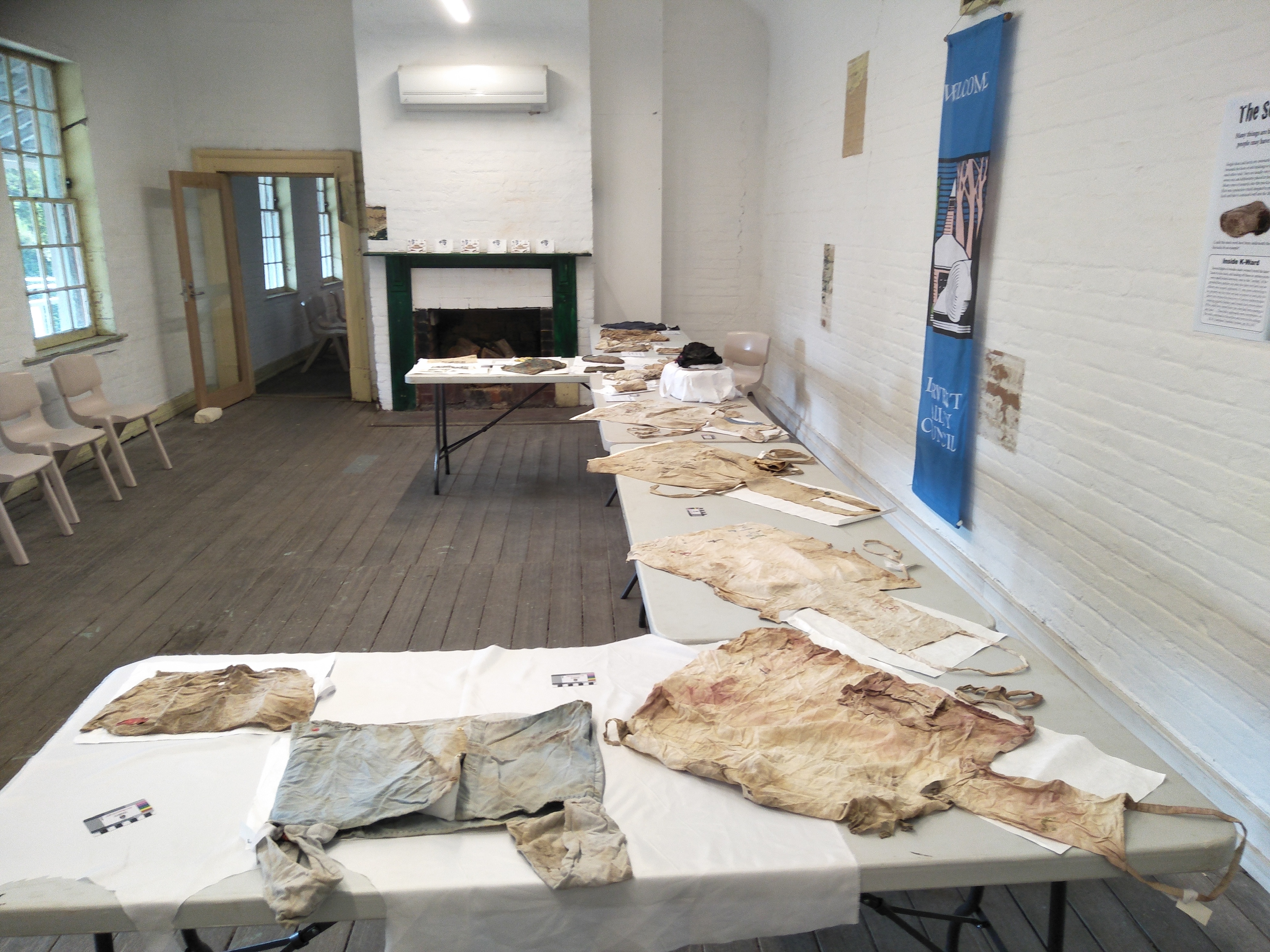

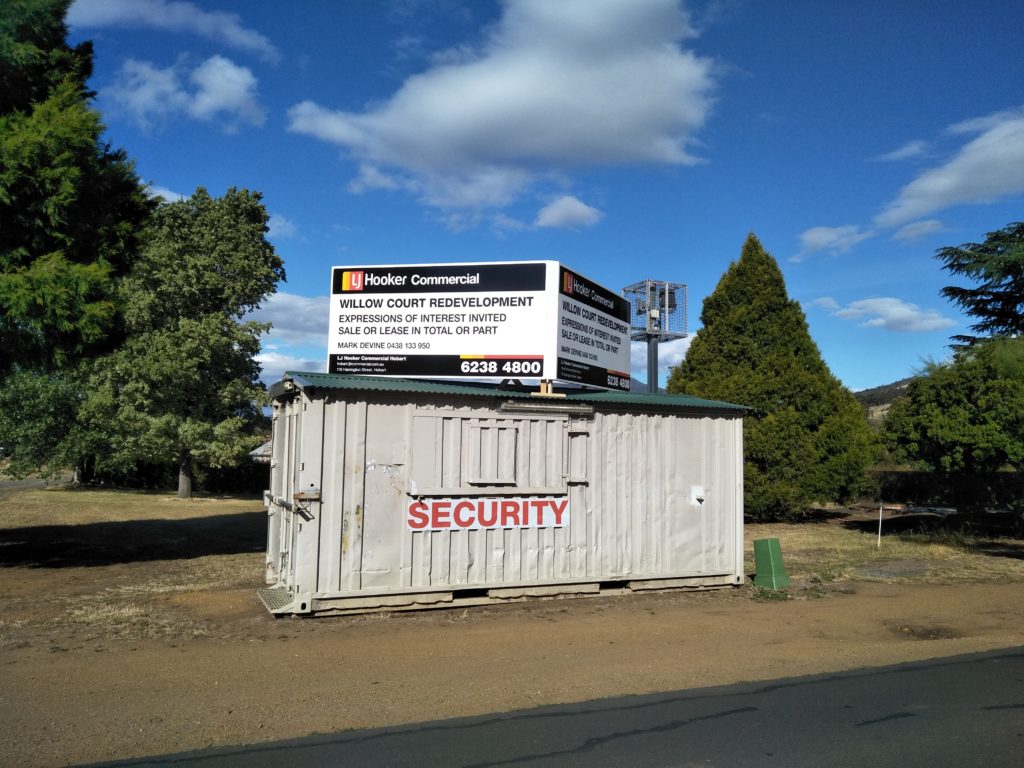 It’s official, now there is a sign to prove it. The Derwent Valley Council are looking to off load it’s ownership or lease a piece of Tasmanian History.
It’s official, now there is a sign to prove it. The Derwent Valley Council are looking to off load it’s ownership or lease a piece of Tasmanian History.
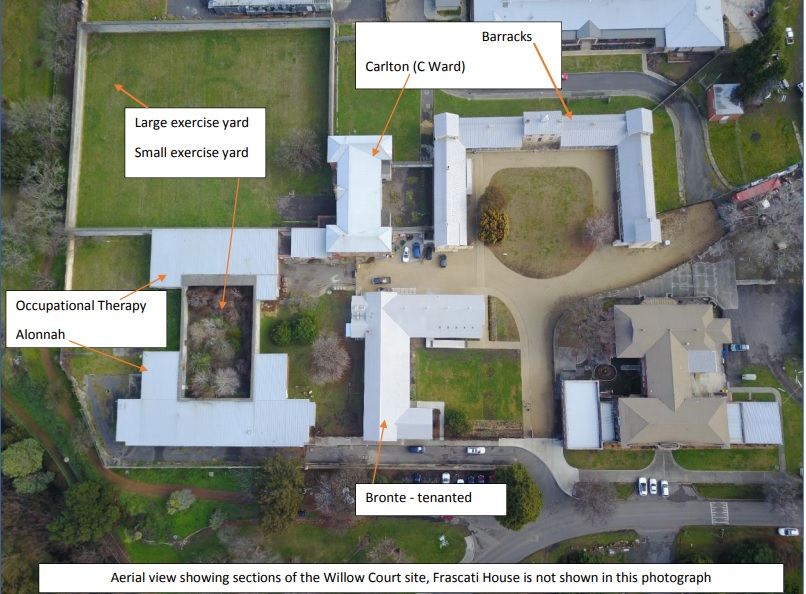
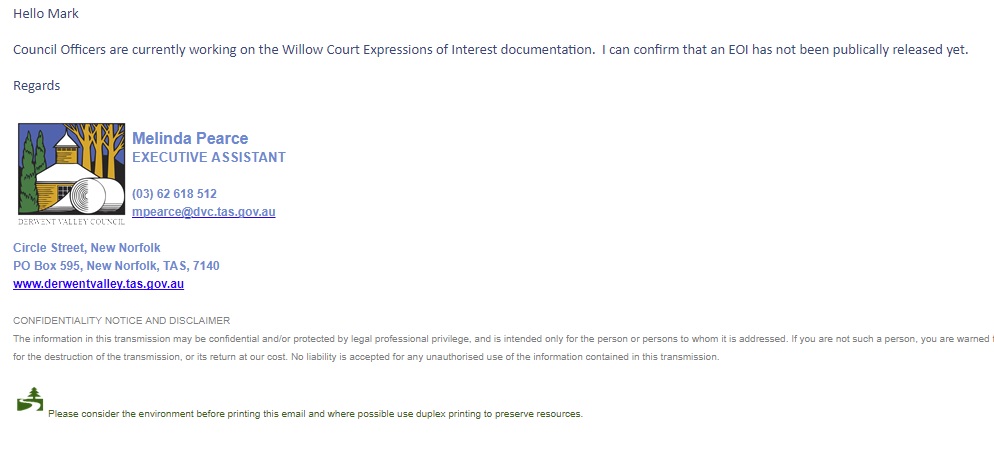
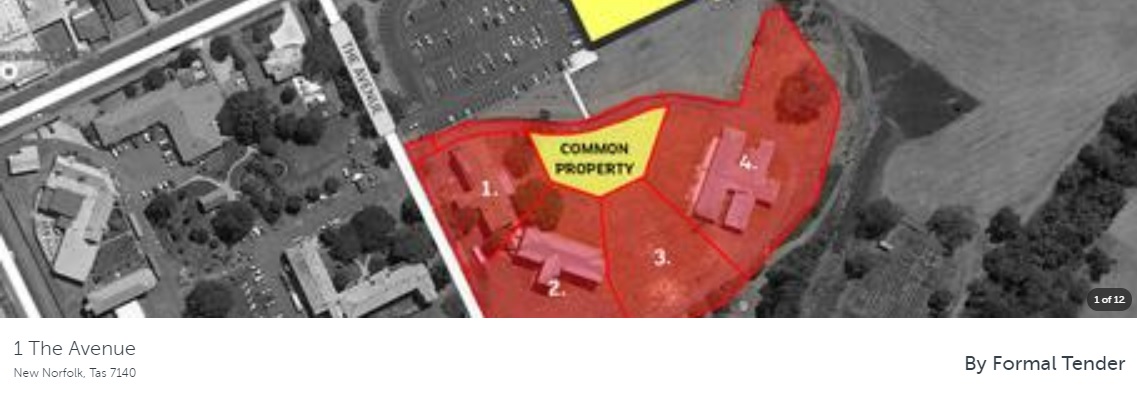
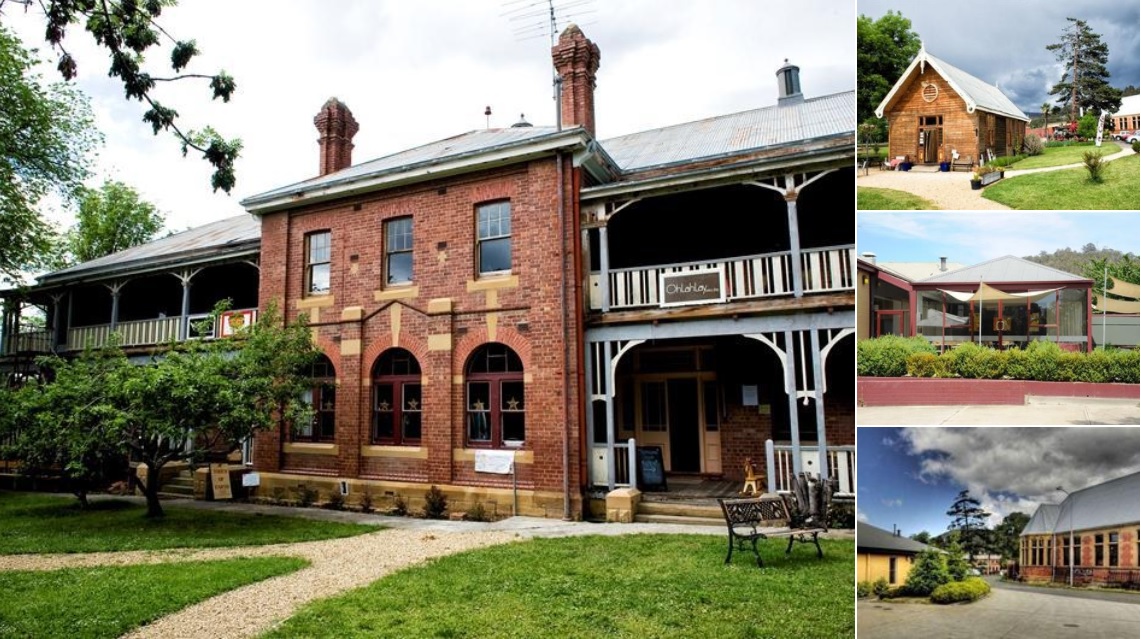 All the privately owned section around Patchwork Cafe (including the cafe) are also for sale through an expression of interest process with some buildings maintaining a current lease. There are
All the privately owned section around Patchwork Cafe (including the cafe) are also for sale through an expression of interest process with some buildings maintaining a current lease. There are 